How to Accommodate Students with Disability in the Classroom: A Guide to Accessibility and Inclusive Education
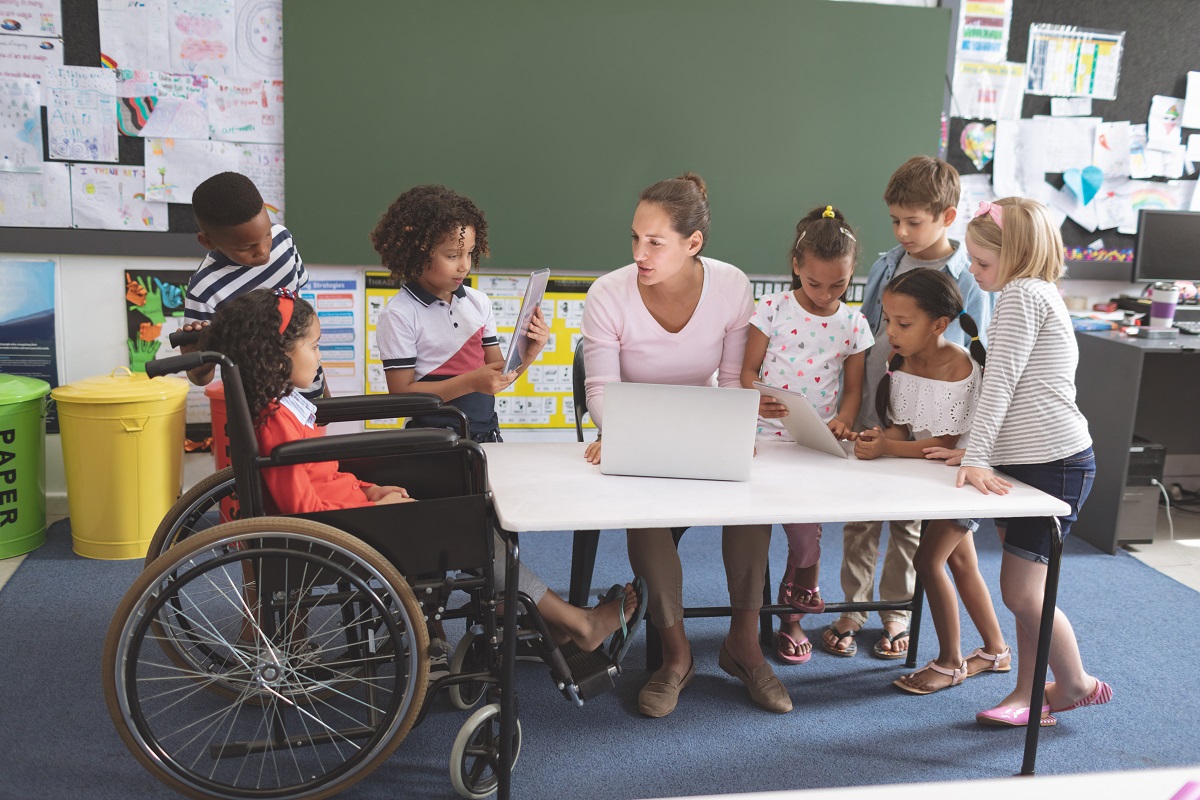
We’ve been discussing inclusion quite a bit recently, and nowhere is that more important than in the classroom. As we all know, education is the number one contributing factor to a person’s quality of life. A good education will give a child the best opportunity to reach their goals, so it’s essential that educators have the necessary skills to facilitate a quality learning environment for students with disability.
Teachers have a tough job. They may have 20 or more kids in a classroom, each with their own learning needs and challenges. We hope that through our recommendations for inclusive teaching accommodations, we can help to improve accessibility in schools for disabilities.
Students may be living with a wide range of learning styles and disabilities. These may include:
- Autism spectrum disorders
- Dyscalculia
- Dyslexia
- Executive functioning and ADHD
- Hearing loss
- Language processing disorder
This can make learning more challenging for students and teachers, affecting the way students think, spell, read, or write. They can also affect a child’s social development, as well as cause coordination issues, difficulty with concentration and memorisation, and poor handwriting.
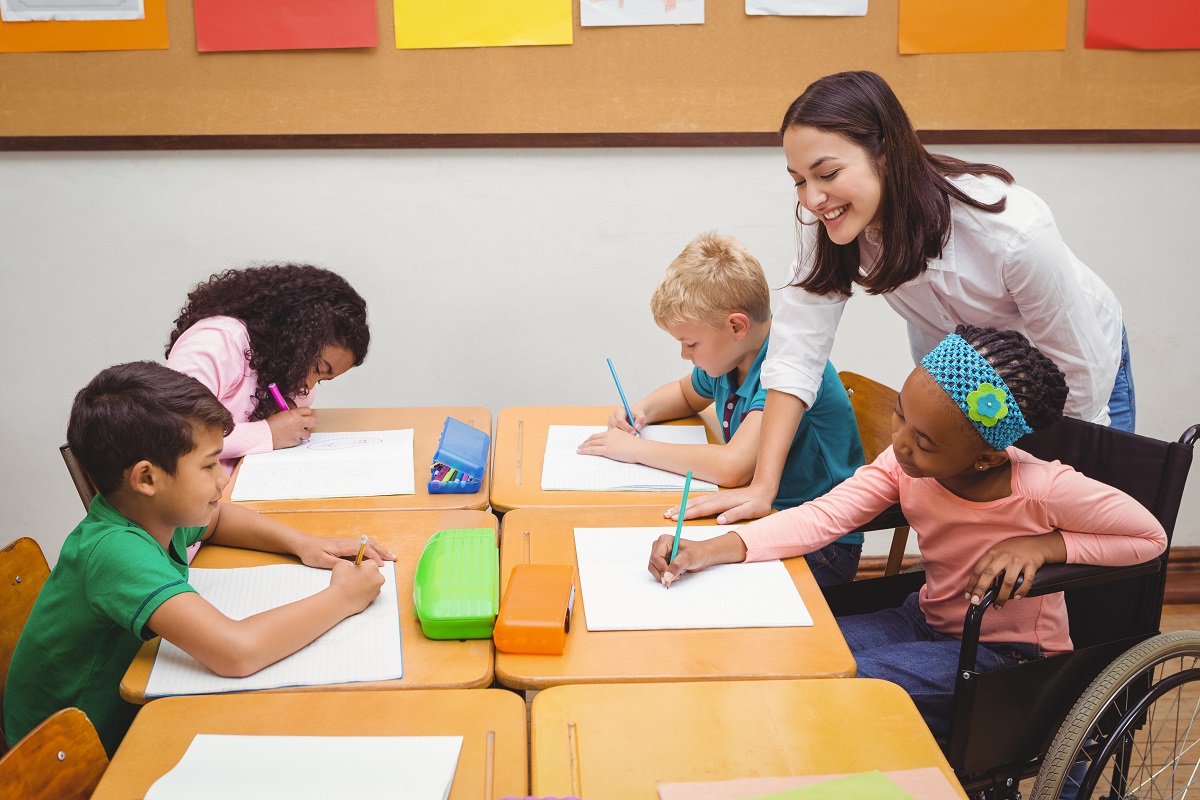
How to support students with disabilities
There are a number of ways to provide inclusive education for students with disability. By following some of these guidelines, school staff can really help to give every child the best educational opportunities.
1. Routine
Make the structure of each day similar but change tasks within the structure to keep the day interesting. Prepare students for changes in classroom activities by letting them know when a change is coming up, and include determined supports (such as pairing with a friend) where relevant.
2. Use visual cues
Visual cues such as schedules or cue cards can let students know what is coming up, and how they should move from one activity to another.
Visual cards can also aid learning, and are particularly effective for students who are visual learners or who have difficulty with verbal communication. They can help students better understand and retain information by providing a visual representation of concepts or ideas. Visual cues can also be beneficial for students with autism, who may struggle with social communication and interpreting nonverbal cues. Overall, incorporating visual cues into the learning environment can promote greater understanding, communication, and engagement among all students.
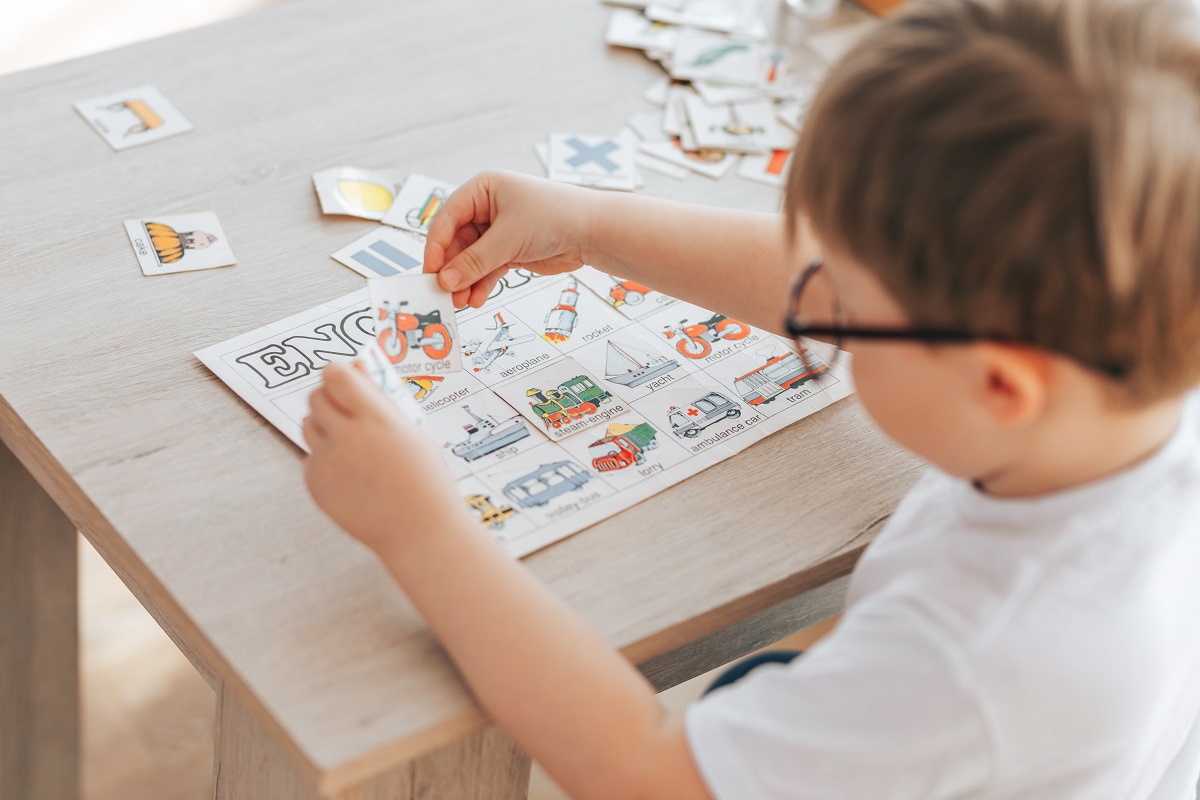
3. Prepare students for an upcoming transition
Students who find moving from one activity to another challenging will be better prepared if they are aware that it’s coming up. Provide reminders about upcoming transitions, such as visual supports, countdown timers or regular reminders.
4. Provide positive encouragement and guide learning
Consider providing effective, actionable feedback immediately when students are learning a task or behaviour. This is a form of Positive Behaviour Support, and can be gradually reduced as they become more independent.
5. Provide a quiet area
Consider providing a quiet area or sensory room where students with disabilities can go to if required. This space could include items that may support a student to self-regulate their emotions and/or behaviour. A designated quiet area provides a safe space for those students who may experience sensory overload or who simply require a peaceful environment to concentrate and work without distractions. It can also benefit students who are feeling overwhelmed or anxious, allowing them to take a break and recharge before returning to their studies. Creating a designated quiet area demonstrates a commitment to inclusivity and recognising the diverse needs of all students in the learning environment.
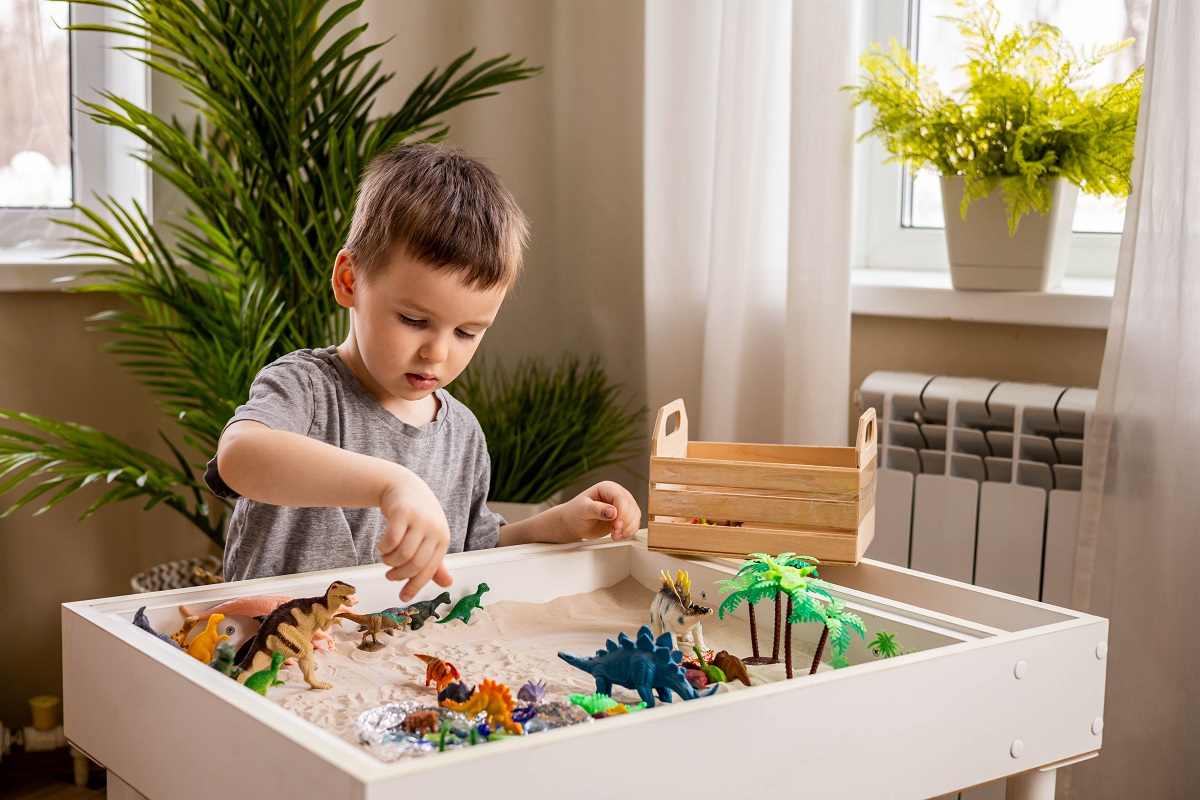
6. Facilitate autonomy and independence
Opportunity to express their preferences, opinions and emotions, make choices, and direct their own learning, is important for all school students, including those with disability.
7. Set clear classroom expectations
Clearly outline learning intentions and expectations. A few short and simple expectations that guide students what to do (rather than what to avoid), and are reviewed regularly are best.
8. Promote peer interaction and group activities
General education goes hand in hand with social development, so it’s important to facilitate social interaction by including group activities.
If a student has a speech-related disability, working with a speech pathology professional may help a teacher inform non-disabled peers how to use different styles of communication and inclusive language that can create a more welcoming and accepting social environment.
By incorporating group activities, students have the opportunity to develop social skills such as communication, teamwork, and leadership while also building positive relationships with their peers. Working with a speech pathology professional can also help teachers create accommodations and modifications that support the participation and inclusion of students with speech impairments in group activities. Ultimately, promoting social development through group activities and inclusive communication can foster a more inclusive and supportive learning environment for all students.
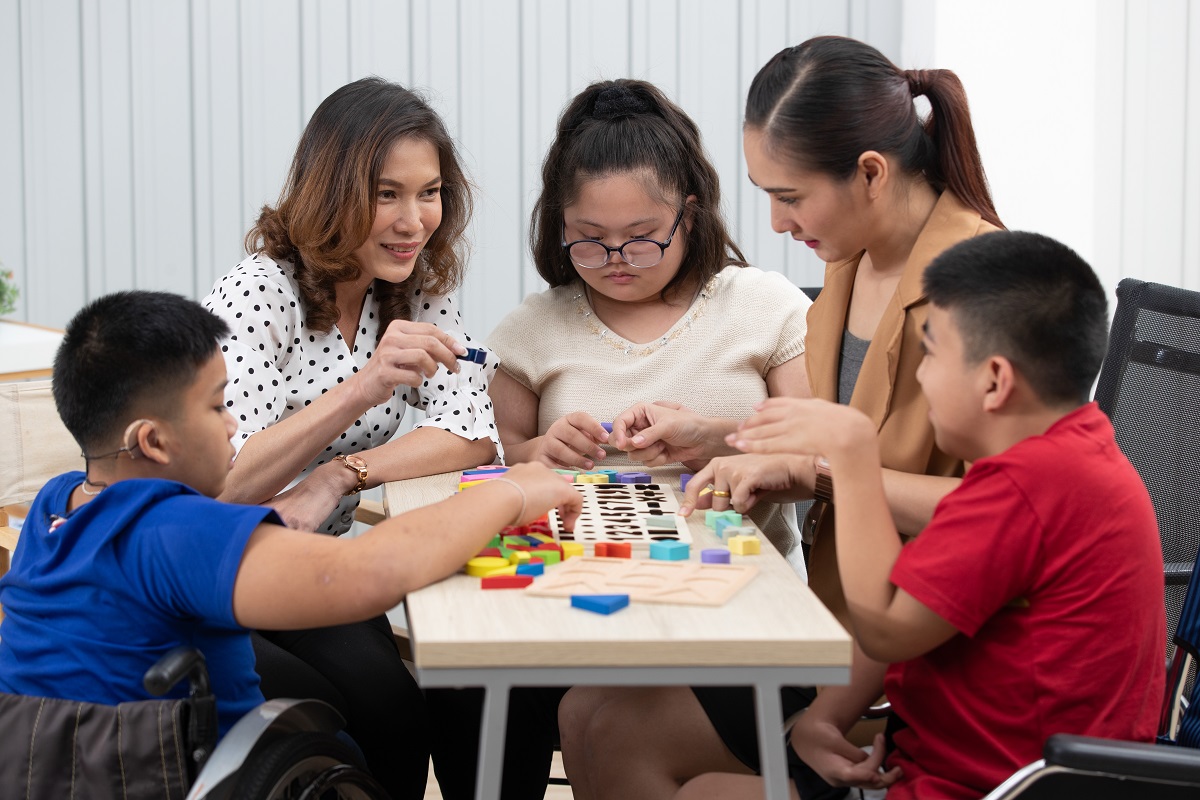
9. Consider how tasks can be tailored to different student goals, strengths, abilities and learning profiles
Concrete examples, simplified text, visual supports, breaking tasks into smaller components, using a variety of teaching strategies, and providing alternative ways for students to respond are some of the ways this can be achieved. Every student is different and will have different learning styles, and this goes for students with or without disability.
10. Keep activities and instructions short, clear and engaging
By keeping activities and instructions short, clear, and engaging, students are more likely to remain focused and absorb new information. Incorporating frequent breaks can also be beneficial, allowing students to recharge and refocus their attention. These strategies are especially effective for students with ADHD and autism, as they can have difficulty with sustained attention and processing information.
Some environmental adjustments may also be required
We’ve mostly been discussing conditions that affect learning ability and cognition, however, there are students with physical disabilities that will benefit from some reasonable and necessary accommodations being put in place.
Engaging with families and allied health professionals (such as Occupational Therapy and Physiotherapy) can help identify environmental adjustments. For example, some students might need extra help to support their posture or physical comfort in the classroom. Bean bags or pillows may help, sometimes the student may need to change position regularly or stand.
This may help with pain management, or particular tasks like handwriting. It is important that you speak with the student and their parents or carers about how you can assist them to optimise their levels of comfort for classroom participation and engagement. Consider also talking with any allied health professionals working with the student about the best seating position for them.
Assistive technology, such as computer-assisted instruction (where instructional material is presented on a computer, such as mathematics drill and practice programs) can also be helpful for some students.
School holiday children’s programs at St Jude’s
We have designed two specialised programs for children to develop their personal and interpersonal skills these upcoming school holidays.
Busy Bodies Early Childhood Holiday Program
Ages:For children aged between 2 and 6
When:
- Week 1: 3rd, 4th & 5th of July 2023
- Week 2: 10th, 11th & 12th of July 2023
Time:9.30 – 11.30am
Location:Centenary Park Community Centre, Belmont, Western Australia
This program offers a small group setting for up to five children, where they actively participate in a variety of games and activities designed by a team of experienced occupational therapists, physiotherapists, and speech pathologists. The program aims to enhance the development of fine and gross motor skills, play and social skills, sensory and motor skills, and more.
Lego Therapy Workshop
Ages:For children aged between 6 and 12
When:
- Week 1: 3rd, 4th & 5th of July 2023
- Week 2: 10th, 11th & 12th of July 2023
Time:12.30 – 2.00pm
Location:Centenary Park Community Centre, Belmont, Western Australia
This specialised workshop caters to children with Autism and other disabilities, providing a supportive environment for them to enhance their social and communication skills. Guided by an experienced occupational therapist, participants are able to practice and develop these essential skills.
Contact our friendly team on (08) 9279 4343 or email us on hello@stjudes.com.au to enquire about program pricing, or to register your child at one of our holiday programs.
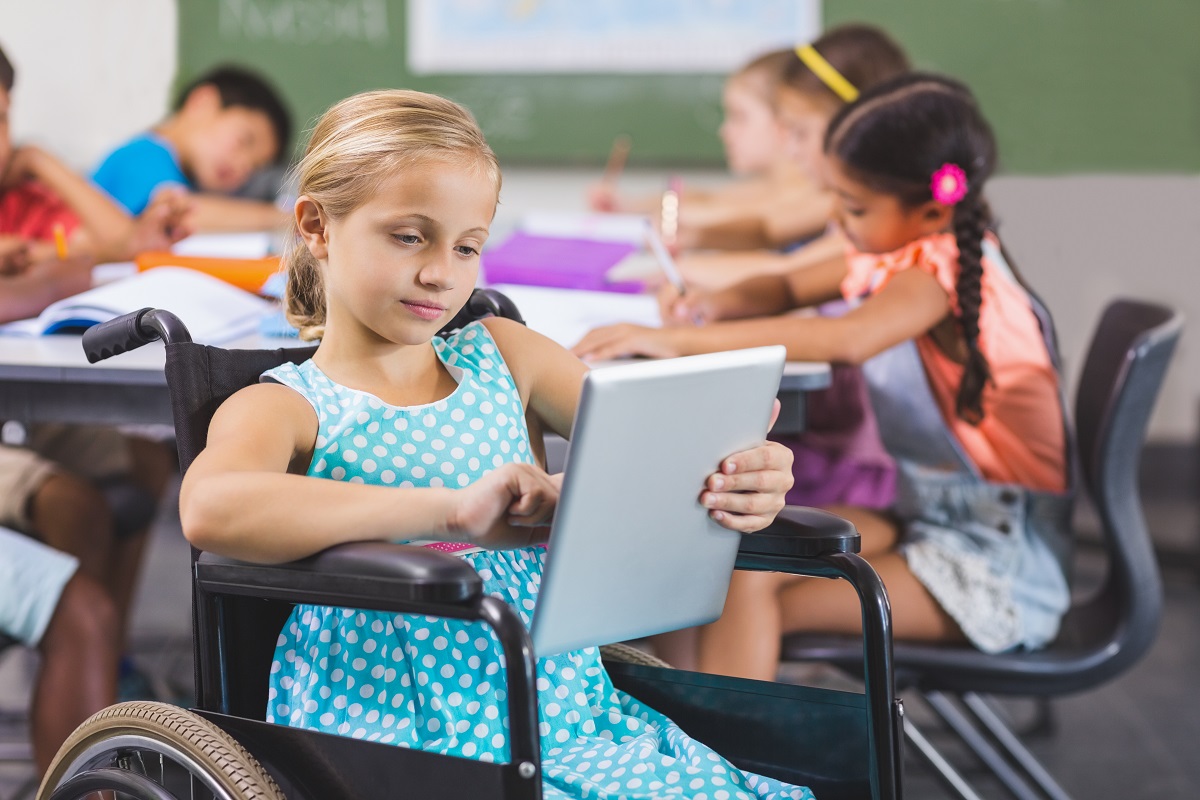
Achieving positive outcomes
By following these tips and creating equal access to inclusive classrooms, you’ll be giving all kids the best possible chance at achieving academic success. It may require some additional teacher training and extra time with a child’s support services, but the benefits to the classroom, not just to individual students, will far exceed any cost.
If you’re looking to create a more inclusive classroom and explore effective teaching styles for students with disability, we encourage you to reach out to St. Jude’s. With over 40 years of experience in the disability support industry, we offer top-quality resources and support to help ensure that every student has the best chance of success in school. Contact us today to learn more about how we can help you create an inclusive learning environment that meets the diverse needs of all students with all abilities.
|
|


